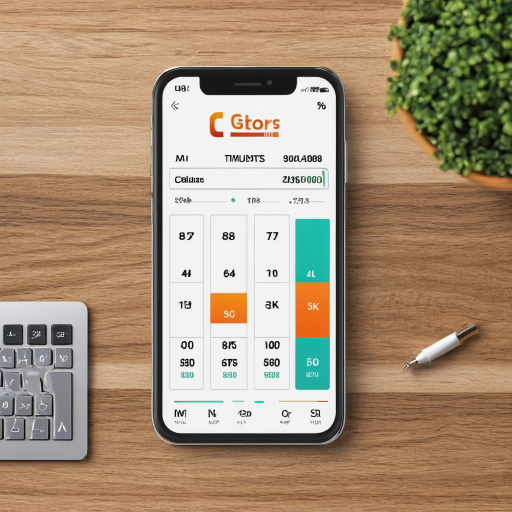Calculators are technological devices that simplify complex mathematical equations and make work easier for people in different fields. A scientific calculator is one of the widely used calculators that perform scientific functions and calculations.
Most students, scientists, engineers, and other professionals depend on scientific calculators for carrying out complex calculations, solving mathematical equations, and conducting research. However, this calculator can be challenging to understand, operate, and use if you do not have any previous experience using one. In this article, we will provide a step-by-step guide on how to use a scientific calculator effectively.
Step 1: Familiarize Yourself with the Calculator
Before you begin using your scientific calculator, take your time to familiarize yourself with the device’s functions and buttons. Look at the buttons, and try to understand what each one does. Familiarize yourself with the calculator’s different modes, including the scientific mode that enables you to perform complex functions, the basic arithmetic mode for simple calculations, and the logarithmic mode.
Step 2: Understand the Keyboard Layout
The next step in effectively using a scientific calculator is to understand the various buttons while paying attention to their functions. The keyboard layout for scientific calculators varies depending on the model and the type of calculator. Familiarize yourself with the keyboard layout of your calculator to figure out where each button is located, what it does, and how it works.
Step 3: Input the Mathematical Expression
Once you have familiarized yourself with the calculator, you can proceed to input your mathematical expression. The first step in inputting the value of an equation is to type the number or variable that you want to solve and then enter the appropriate function buttons.
Step 4: Enter the Function
The next step is to enter the appropriate function. For example, if you want to find the square root of a number, you would click the “square root” button. In some cases, you may need to use additional buttons, such as “shift” or “alpha,” depending on the operation you want to perform.
Step 5: Evaluate the Expression
After entering the function and mathematical expression, you can now evaluate the expression by clicking the “=” button. If you entered the mathematical expression correctly, you should get the right answer.
Step 6: Use Parentheses When Necessary
Parentheses are a critical tool when it comes to using scientific calculators. They help you group the numbers and operations in an equation to get the right answer. When solving equations with more than one operation, use parentheses to group the equations that need to be solved first.
For example, if you have an equation 5 x (2+3), the first step is to solve the operation inside the parentheses, which is 2+3. The answer is 5. The equation then becomes 5 x 5 = 25. Therefore, parentheses help you to simplify your equations and solve them accurately.
Step 7: Keep an Eye on Units
When solving complex mathematical equations, it is important to keep an eye on the units. Units are measurable quantities used to describe a physical quantity. Examples include length, weight, mass, and time.
Most scientific calculators are equipped with unit conversion capabilities that allow you to convert units of measurements accurately. If you are not sure how to convert units, check the user manual that came along with the calculator or visit the manufacturer’s website for more information.
Step 8: Switch Between Modes
Scientific calculators come with different modes, each with its specific set of functions. Learning to switch between modes is an essential step in effectively using scientific calculators. Most calculators have a button labeled “Mode,” which you can use to switch between modes.
Step 9: Solve Equations Using Exponents
Exponents are highly useful when working with scientific calculators. Using exponents simplifies the process of multiplication and division of large numbers and makes calculation faster and more accurate. You can find the exponent button in the keyboard layout of your calculator.
Step 10: Practice Often
Like any other skill, the more you practice using your scientific calculator, the better you become at it. Practice regularly, engage yourself in different complex calculations, and test your understanding of the calculator’s functions and features. The more you practice, the more proficient you become at using the calculator.
In conclusion, a scientific calculator is a valuable tool that can simplify complex mathematical equations and make life easier for scholars, students, scientists, and engineers. With the above steps, you can effectively use and navigate a scientific calculator to solve different equations accurately.
Originally posted 2023-05-10 19:14:04.
